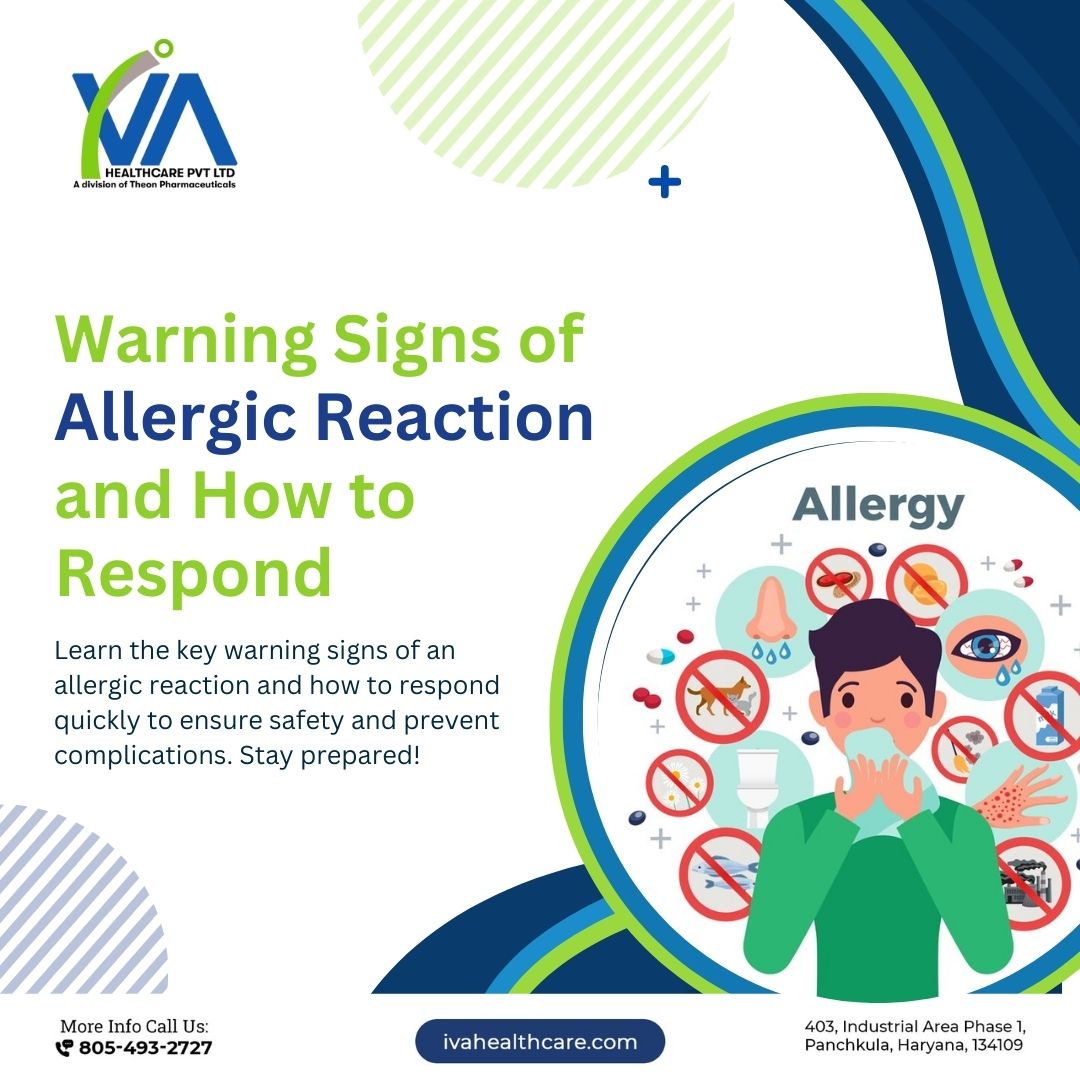Employer and Worker Responsibilities Under WHMIS
In any workplace where hazardous materials are present, understanding and following the regulations outlined by the Workplace Hazardous Materials Information System (WHMIS) is crucial for maintaining a safe environment. WHMIS clearly defines the roles of both employers and workers to ensure that everyone knows their responsibilities when handling hazardous substances. These roles are designed to prevent accidents, protect workers, and ensure compliance with national safety standards.
Employer Responsibilities
Employers carry the primary responsibility for ensuring that the workplace complies with WHMIS regulations. This starts with making sure that hazardous products are correctly labeled. All containers holding hazardous materials must display clear and appropriate labels that inform employees of the dangers associated with the product. These labels need to include standardized symbols and warning information, ensuring workers can quickly recognize hazards.
Another key responsibility of employers is to provide access to Safety Data Sheets (SDS). SDS documents contain detailed information about each hazardous material in the workplace, including potential risks, handling instructions, and emergency procedures. Employers must ensure that these sheets are readily available to all employees who may come into contact with hazardous products. Whether in printed form or accessible online, workers should always know how to find and read the SDS.
Training is also a crucial part of the employer’s role. All employees who work with or around hazardous materials must receive comprehensive WHMIS training. This training includes information on identifying hazards, proper handling techniques, emergency response procedures, and the importance of personal protective equipment (PPE). Many employers choose to provide online options for their staff to obtain a whmis certificate, allowing for flexibility in completing the necessary training.
Worker Responsibilities
While employers must provide the tools and training, workers also have an active role in maintaining a safe workplace under WHMIS. The first part of this responsibility is participating in the training programs offered by their employer. Workers must ensure they understand the material and ask questions if something is unclear. Successfully completing WHMIS training helps them stay informed about the hazardous materials they may encounter and how to handle them safely.
Once trained, workers must follow the safety protocols and procedures laid out by their employer. This includes using PPE properly and consistently, as well as adhering to the guidelines in the SDS for each product. Workers are also expected to read the labels on hazardous materials and take appropriate precautions, whether they’re handling cleaning chemicals or working in environments that require certifications like the FOODSAFE LEVEL 1 program for food safety.
Reporting unsafe conditions is another critical responsibility of workers. If they notice missing labels, improperly stored hazardous materials, or any other safety concerns, it is their duty to inform their supervisor or safety officer. Keeping communication open about potential risks ensures that accidents are avoided, and necessary corrections can be made.
Why Clear Roles Matter
Clear understanding of employer and worker responsibilities under WHMIS fosters a safer work environment. When everyone knows their duties, it reduces confusion and creates a structured approach to handling hazardous materials. Compliance with WHMIS not only helps in avoiding workplace injuries but also ensures that businesses meet legal obligations related to health and safety regulations. For industries that rely on cleanliness and safety, like those requiring a food handlers certificate, understanding both WHMIS and food safety regulations becomes doubly important.
By fulfilling their respective roles, both employers and workers contribute to a culture of safety that protects everyone in the workplace.
Visit us: https://probeit.ca/
In any workplace where hazardous materials are present, understanding and following the regulations outlined by the Workplace Hazardous Materials Information System (WHMIS) is crucial for maintaining a safe environment. WHMIS clearly defines the roles of both employers and workers to ensure that everyone knows their responsibilities when handling hazardous substances. These roles are designed to prevent accidents, protect workers, and ensure compliance with national safety standards.
Employer Responsibilities
Employers carry the primary responsibility for ensuring that the workplace complies with WHMIS regulations. This starts with making sure that hazardous products are correctly labeled. All containers holding hazardous materials must display clear and appropriate labels that inform employees of the dangers associated with the product. These labels need to include standardized symbols and warning information, ensuring workers can quickly recognize hazards.
Another key responsibility of employers is to provide access to Safety Data Sheets (SDS). SDS documents contain detailed information about each hazardous material in the workplace, including potential risks, handling instructions, and emergency procedures. Employers must ensure that these sheets are readily available to all employees who may come into contact with hazardous products. Whether in printed form or accessible online, workers should always know how to find and read the SDS.
Training is also a crucial part of the employer’s role. All employees who work with or around hazardous materials must receive comprehensive WHMIS training. This training includes information on identifying hazards, proper handling techniques, emergency response procedures, and the importance of personal protective equipment (PPE). Many employers choose to provide online options for their staff to obtain a whmis certificate, allowing for flexibility in completing the necessary training.
Worker Responsibilities
While employers must provide the tools and training, workers also have an active role in maintaining a safe workplace under WHMIS. The first part of this responsibility is participating in the training programs offered by their employer. Workers must ensure they understand the material and ask questions if something is unclear. Successfully completing WHMIS training helps them stay informed about the hazardous materials they may encounter and how to handle them safely.
Once trained, workers must follow the safety protocols and procedures laid out by their employer. This includes using PPE properly and consistently, as well as adhering to the guidelines in the SDS for each product. Workers are also expected to read the labels on hazardous materials and take appropriate precautions, whether they’re handling cleaning chemicals or working in environments that require certifications like the FOODSAFE LEVEL 1 program for food safety.
Reporting unsafe conditions is another critical responsibility of workers. If they notice missing labels, improperly stored hazardous materials, or any other safety concerns, it is their duty to inform their supervisor or safety officer. Keeping communication open about potential risks ensures that accidents are avoided, and necessary corrections can be made.
Why Clear Roles Matter
Clear understanding of employer and worker responsibilities under WHMIS fosters a safer work environment. When everyone knows their duties, it reduces confusion and creates a structured approach to handling hazardous materials. Compliance with WHMIS not only helps in avoiding workplace injuries but also ensures that businesses meet legal obligations related to health and safety regulations. For industries that rely on cleanliness and safety, like those requiring a food handlers certificate, understanding both WHMIS and food safety regulations becomes doubly important.
By fulfilling their respective roles, both employers and workers contribute to a culture of safety that protects everyone in the workplace.
Visit us: https://probeit.ca/
Employer and Worker Responsibilities Under WHMIS
In any workplace where hazardous materials are present, understanding and following the regulations outlined by the Workplace Hazardous Materials Information System (WHMIS) is crucial for maintaining a safe environment. WHMIS clearly defines the roles of both employers and workers to ensure that everyone knows their responsibilities when handling hazardous substances. These roles are designed to prevent accidents, protect workers, and ensure compliance with national safety standards.
Employer Responsibilities
Employers carry the primary responsibility for ensuring that the workplace complies with WHMIS regulations. This starts with making sure that hazardous products are correctly labeled. All containers holding hazardous materials must display clear and appropriate labels that inform employees of the dangers associated with the product. These labels need to include standardized symbols and warning information, ensuring workers can quickly recognize hazards.
Another key responsibility of employers is to provide access to Safety Data Sheets (SDS). SDS documents contain detailed information about each hazardous material in the workplace, including potential risks, handling instructions, and emergency procedures. Employers must ensure that these sheets are readily available to all employees who may come into contact with hazardous products. Whether in printed form or accessible online, workers should always know how to find and read the SDS.
Training is also a crucial part of the employer’s role. All employees who work with or around hazardous materials must receive comprehensive WHMIS training. This training includes information on identifying hazards, proper handling techniques, emergency response procedures, and the importance of personal protective equipment (PPE). Many employers choose to provide online options for their staff to obtain a whmis certificate, allowing for flexibility in completing the necessary training.
Worker Responsibilities
While employers must provide the tools and training, workers also have an active role in maintaining a safe workplace under WHMIS. The first part of this responsibility is participating in the training programs offered by their employer. Workers must ensure they understand the material and ask questions if something is unclear. Successfully completing WHMIS training helps them stay informed about the hazardous materials they may encounter and how to handle them safely.
Once trained, workers must follow the safety protocols and procedures laid out by their employer. This includes using PPE properly and consistently, as well as adhering to the guidelines in the SDS for each product. Workers are also expected to read the labels on hazardous materials and take appropriate precautions, whether they’re handling cleaning chemicals or working in environments that require certifications like the FOODSAFE LEVEL 1 program for food safety.
Reporting unsafe conditions is another critical responsibility of workers. If they notice missing labels, improperly stored hazardous materials, or any other safety concerns, it is their duty to inform their supervisor or safety officer. Keeping communication open about potential risks ensures that accidents are avoided, and necessary corrections can be made.
Why Clear Roles Matter
Clear understanding of employer and worker responsibilities under WHMIS fosters a safer work environment. When everyone knows their duties, it reduces confusion and creates a structured approach to handling hazardous materials. Compliance with WHMIS not only helps in avoiding workplace injuries but also ensures that businesses meet legal obligations related to health and safety regulations. For industries that rely on cleanliness and safety, like those requiring a food handlers certificate, understanding both WHMIS and food safety regulations becomes doubly important.
By fulfilling their respective roles, both employers and workers contribute to a culture of safety that protects everyone in the workplace.
Visit us: https://probeit.ca/
0 Σχόλια
0 Μοιράστηκε
411 Views
0 Προεπισκόπηση









